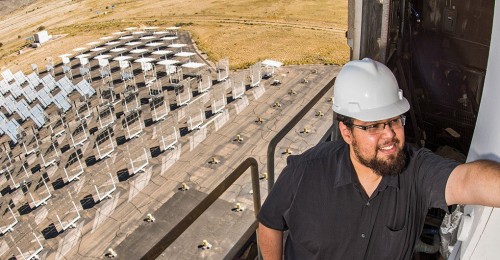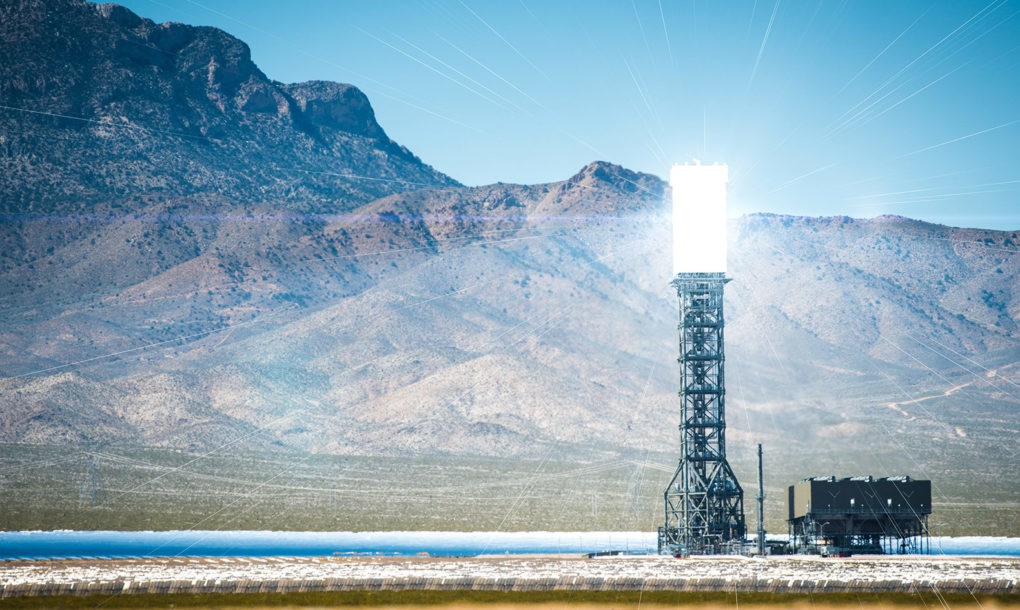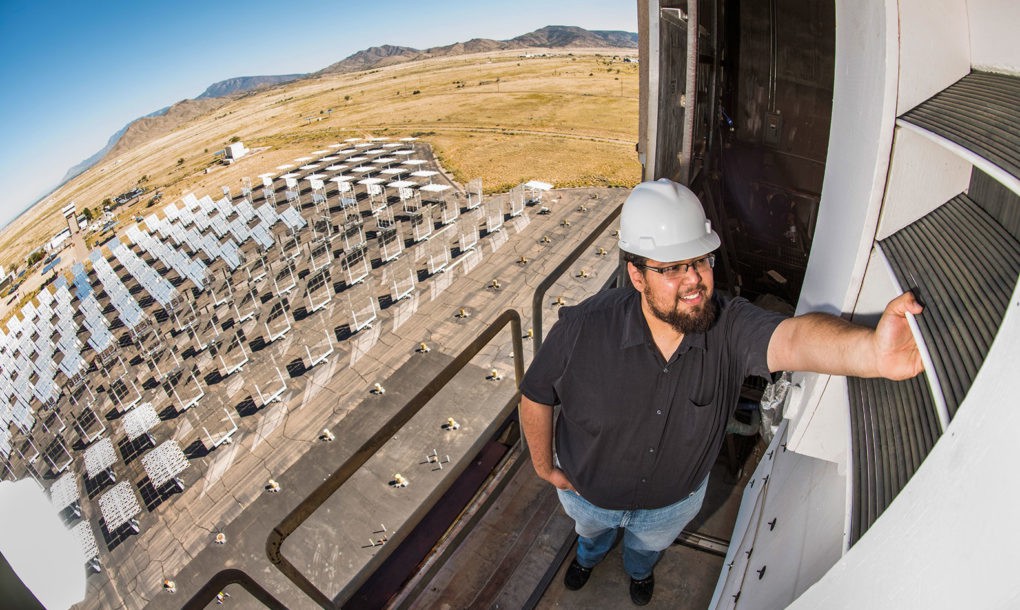RECOMMENDED VIDEOS

Energy Efficient Drive Technology
Siemens Malaysia Sdn Bhd

Endau PV Industries : Manufacturing Solar Modules &…
Endaupv Industries Sdn Bhd

Introduction of Times-Lite Electrical Engineering Sdn Bhd
Times-Lite Electrical Engineering Sdn Bhd

Wind Monitoring Services in the UK and Europe from Dulas
Dulas Ltd

Biomass Lisbjerg Power Plant
Burmeister & Wain Energy A/S
Related Stories
The largest solar farm apiary in the US opens this week
The City of London will be powered with 100% renewable energy by October 2018
New study suggests that plastic waste may be transformed into usable energy
Uravu’s zero-electricity Aqua Panels produce gallons of water from thin air
104% of Portugal’s electricity consumption in March came from renewable energy
04 Dec, 2017

New fractal concentrated solar power receivers absorb sunlight more efficiently
Renewable Energy & Energy Efficiency | UNITED STATES | 30 Oct, 2017
Published by : Eco Media Asia
Concentrated solar power facilities are often large, sprawling across desert landscapes or the futuristic California of Blade Runner 2049. But smaller plants could offer a clean energy option for villages – if researchers could boost receiver efficiency. Sandia National Laboratories engineers have come closer to that goal with a fractal-like design for receivers that are as much as 20 percent better at absorbing light than today’s technology.

India may want to develop concentrated solar power plants that are one megawatt or smaller to power villages, according to Sandia engineer Cliff Ho. Better receivers could make that goal more of a possibility. Sandia engineers tested out their new receivers for small- or medium-scale use at the National Solar Thermal Testing Facility in Albuquerque, New Mexico, which they say is the only test facility of its kind in America.
Traditional receivers typically have “a flat panel of tubes or tubes arranged in a cylinder,” according to Sandia. They can absorb 80 to 90 percent of light directed towards them, but improving receiver efficiency could lower costs. Ho said in a statement, “When light is reflected off a flat surface, it’s gone. On a flat receiver design, five percent or more of the concentrated sunlight reflects away. So we configured the panels of tubes in a radial or louvered pattern that traps the light at different scales. We wanted the light to reflect, and then reflect again toward the interior of the receiver and get absorbed, sort of like the walls of a sound-proof room.”

The engineers 3D-printed the receivers with a high-temperature nickel alloy, Iconel 718. They could test several fractal designs in an economical manner this way – Ho said it would have been difficult to create the complex geometries with casting, welding, or extrusion.
Sandia will take their work and apply it to the Solar Energy Research Institute for India and the United States (SERIIUS) project, a five-year effort from the governments of both countries on cost-effective solar power technology.
Article from inhabitat.com
by Lacy Cooke
